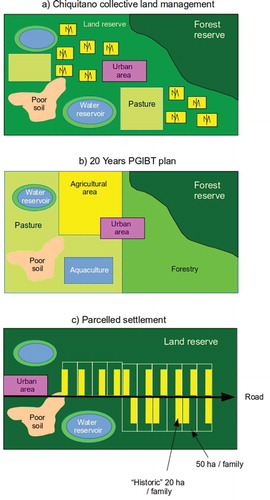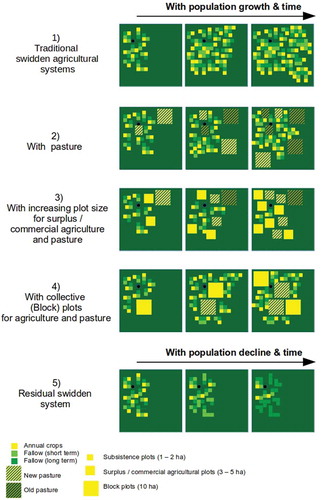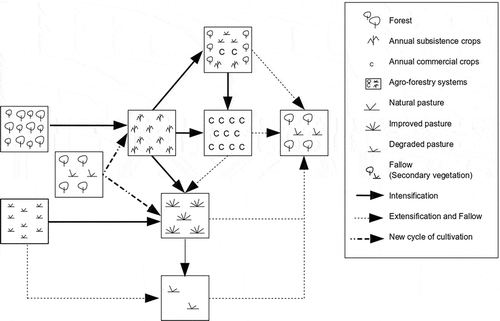Figures & data
Table 1. Summary of the empirical basis.
Table 2. Comparative data on deforestation in Bolivia.
Table 3. Deforestation in San Ignacio de Velasco (2013–2017) and area affected by the 2019 forest fires in the Velasco Province in relation to land tenure.
Table 4. Estimated land distribution per tenure rights in 2009 and 2019 (FAN, Citation2019).
Table 5. Generic categories of agricultural productive systems.
Table 6. Factors affecting changes in producers’ adaptive capacity.
Figure 1. Geographical distribution of deforestation in, and around, San Ignacio de Velasco until 2015 (Fundación Amigos de la Naturaleza, Citation2019). Reproduced with permission from FAN.
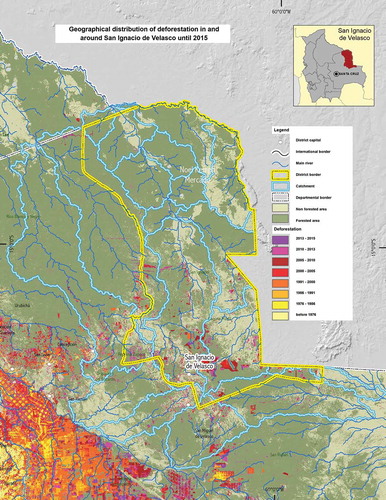
Figure 2. Cumulative Deforestation in San Ignacio de Velasco until 2018 (adapted from Fundación Amigos de la Naturaleza, Citation2019).
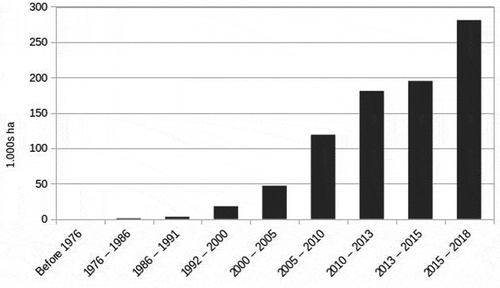
Figure 3. Areas affected by the 2019 forest fires according to land tenure classes (Tierra, Citation2019). Reproduced with permission of Tierra.
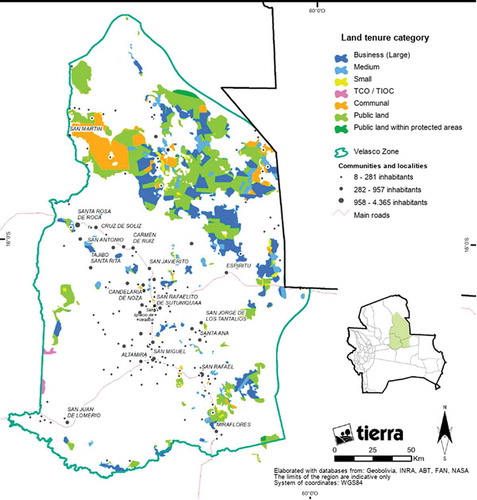
Figure 4. Example of an agroforestry system (adapted from Ayala Becerra, Citation2016).
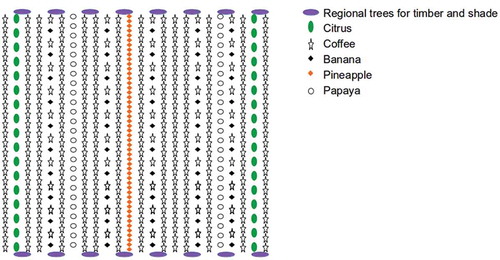
Figure 6. Trajectories of change in Chiquitano productive systems. (Arrows indicate possible directions of change).

Photo 1. Socio-cultural change in Chiquitano communities. Andean dances and traditional clothing during a school celebration in a Chiquitano community. Note the abundance of smartphones. Photo Credits: the author (2018).
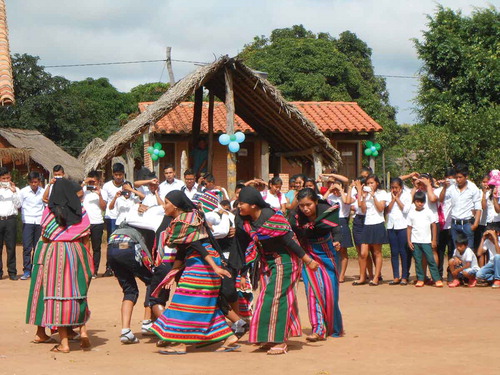
Data availability statement
This paper is based on empirical, qualitative data collected through participatory methods, field excursions and observations. Audio files, transcripts and coding results are archived by the corresponding author.

